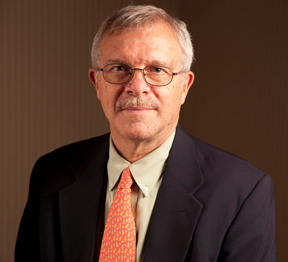
Louisiana suffers from a plethora of poor statistics: high obesity, high teenage pregnancy, high infant mortality, high STD/HIV rates, high poverty, high incarceration rates and high murder rates. The South, by and large, shares Louisiana’s poor outcomes. But even within the region (and the state), the statistics vary greatly from place to place and from group to group.
African-Americans suffer from a disproportionate share of our state’s poor outcomes, much of which can be attributed to poverty and low educational levels. Well-defined pockets of poverty and poor health outcomes remain easily identifiable. While individual choices remain critically important, the environment in which people live has a predictive value on their subsequent behavior and development. Poor neighborhoods have fewer supermarkets and parks, poorer achieving schools, more crime and correspondingly high rates of STDs, obesity, hypertension, teenage pregnancy, infant mortality, high-school dropouts and crime. The inverse is, of course, true of wealthier neighborhoods creating a disturbing tableau of separate and unequal communities.
The fact remains that, despite remarkable individual examples to the contrary, bad barrels produce bad apples and good barrels produce good apples. While not ignoring the individual apple, the trick for improving results appears to be eliminating bad barrels. Pockets of concentrated poverty (sometimes called concentrated disadvantage) encourage poor outcomes, whether it is a neighborhood, a city, a state or a nation. Professor Zimbardo, in his famous Stanford Prison Experiment, clearly demonstrated that the situation in which people are placed (in his case randomly assigned guards vs. prisoners) can lead to predictable unfavorable results, what he calls “The Lucifer Effect”.
People who manage to climb out of poverty by personal initiative should be congratulated. But reducing or eliminating “concentrated disadvantage” should be the goal of city planners, policy makers and community activists. “Bad apples” require disproportionate resources, whether it be medical care, education resources, incarceration or other expensive institutionalization. Such resources might be better spent on improving the barrels in order to increase the number of good apples. Place truly matters and both individuals and policy makers can work toward making all the barrels the best possible.
While we all can and should make healthy decisions, it is much easier when the environment in which we live, work, play and worship is conducive to positive choices. Place really does matter.









